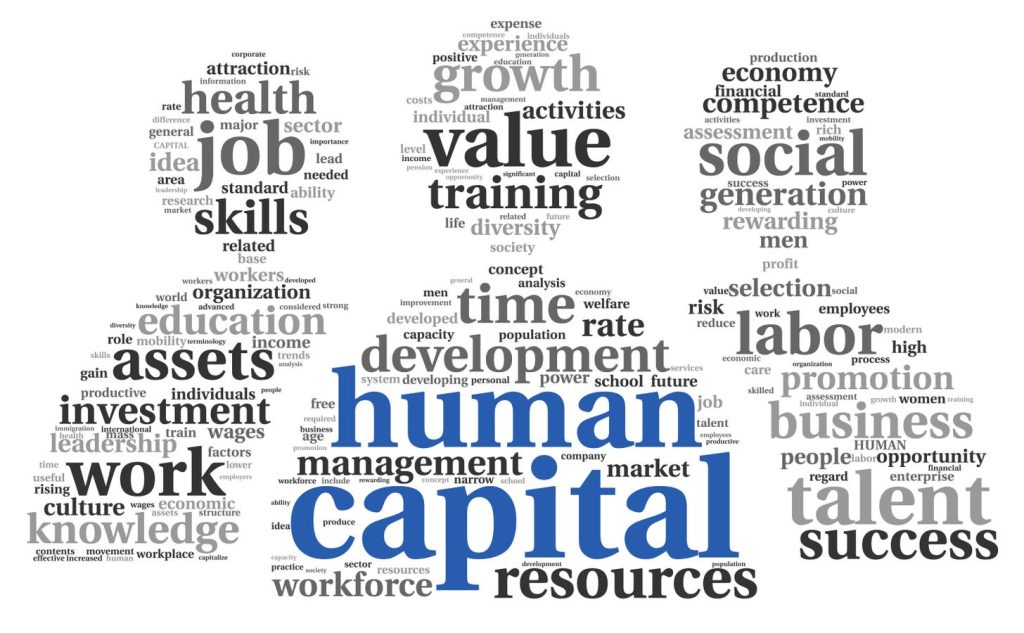What will it take for companies to publicly share the following human capital data that they report to Bureau of Labor Statistics: compensation, working conditions, employment, and labor productivity?
The SEC is reportedly close to putting out its new human capital rule. The SEC’ investor advocacy committee (IAC), largely consistent with the petition that Professor Colleen Honigsberg of Stanford Law and I had filed. The IAC’s recommendations, which have my full-throated support, asks for the following data points:
1. The number of people employed by the issuer, broken down by whether those people are full-time, part-time, or contingent workers.
2. Turnover or comparable workforce stability metrics.
3. The total cost of the issuer’s workforce, broken down into major components of compensation; and
4. Workforce demographic data sufficient to allow investors to understand the company’s efforts to access and develop new sources of talent, and to evaluate the effectiveness of these efforts.
5. Narrative disclosure, in the Management Discussion & Analysis, of how the firm’s labor practices, compensation incentives, and staffing fit within the broader firm strategy. Such a discussion would address what portion of labor costs management views as an investment and why, including how labor is allocated across areas designed to promote firm growth (e.g., R&D) and those necessary to maintain current operations rather than increase sales revenue (e.g., compliance).
This is an excellent list and will help investors appreciate how a firm’s human capital strategy contributes or detracts from firm value. However, this ask should hopefully be the first in a larger conversation about understanding human capital.
One source of inspiration for a longer-term agenda on human capital disclosures is the rich data that firms submit to the Bureau of Labor Statistics (BLS). Unfortunately, such data are anonymized in that the investing public cannot access firm identifiers related to those data points. The hope is that soon, investors could get a hold of such data. Firms cannot argue that collecting such data is onerous because they seem to fill out the BLS survey anyway. Some will, of course, argue that this information is proprietary and would cause them competitive harm.
Disclosure is always a balance between assisting the investor forecast the future performance of the firm and the potential competitive harm the firm might endure and in turn lose firm value. Frankly, if I wanted to find about the data points below, I would simply hire a senior officer from the competitor firm. NDAs (non-disclosure agreements) are hard to enforce, in any case. Hence, I wonder whether firms will use the proprietary cost argument as a hindrance to avoid revealing information that managers don’t want to share anyway with investors. Forward-thinking firms, on the other hand, will want to voluntarily report such data to investors.
Let’s review the BLS data items that I believe could be insightful in helping investors assess firm performance. These are meant to be thought starters and do not constitute a tight legal case for the release of such data:
On compensation and working conditions
· Annual aggregate information on the rate and number of work-related injuries, illnesses, and fatal injuries, and how these statistics vary by incident, industry, geography, occupation, and other characteristics.
This data point will help investors assess whether the firm’s worker safety conditions will predict work stoppages in the future or lead to future regulatory sanctions.
· Nonfatal workplace injuries & illnesses incidence and days away from work.
Absenteeism or days away from work will help investors assess the robustness of corporate culture, which has been shown to be correlated with firm value. Moreover, absenteeism suggests poor working conditions.
· Average hourly wages by job characteristics: bargaining status (union and nonunion); work status (part-time and full-time); basis of pay (time and incentive); work levels.
This data item is an extension of the requirement already asked for by the IAC.
· Cognitive and mental requirements, education, training, and experience, environmental conditions, and physical demand.
Cognitive and mental requirements likely predict the nature of talent the firm needs. Education, training, and experience suggest whether the firm can acquire the right kind of talent needed for the firm to be productive and to thrive financially. Environmental conditions and physical demand data might help investors and managers assess mental and physical worker burnout. These datapoints sound vague but the BLS has developed robust questionnaires to document such data in a robust manner.
· Work stoppages.
This is a somewhat obvious predictor of poor labor relations, future strikes and associated implications for production and firm value.
On employment and unemployment
· Gross job gains
· Gross job losses
· Hires, separations, and new job openings
Much of this data are scraped from job postings and Linked In as of now by hedge funds and other market participants. Some of this estimated data can be wildly inaccurate. Getting this from the firm itself will eliminate much of this imprecision and enable investors to get a better sense for how the firm manages human capital.
On productivity and technology
· Labor productivity, defined as value added divided by number of workers, contractors and both combined. The BLS measures productivity as output per labor hour.
This is an obvious predictor of the long-term health of the economy and at the micro level of the firm’s future financial sustainability. The number also likely informs investors about how technology replaces labor.
The list of data items I ask for is deliberately ambitious. If anything, investors have been too shy for too long to ask for basic data they need to assess firm performance. Forward-thinking firms will hopefully step up to the plate and start sharing such data with investors.
Read the full article here










